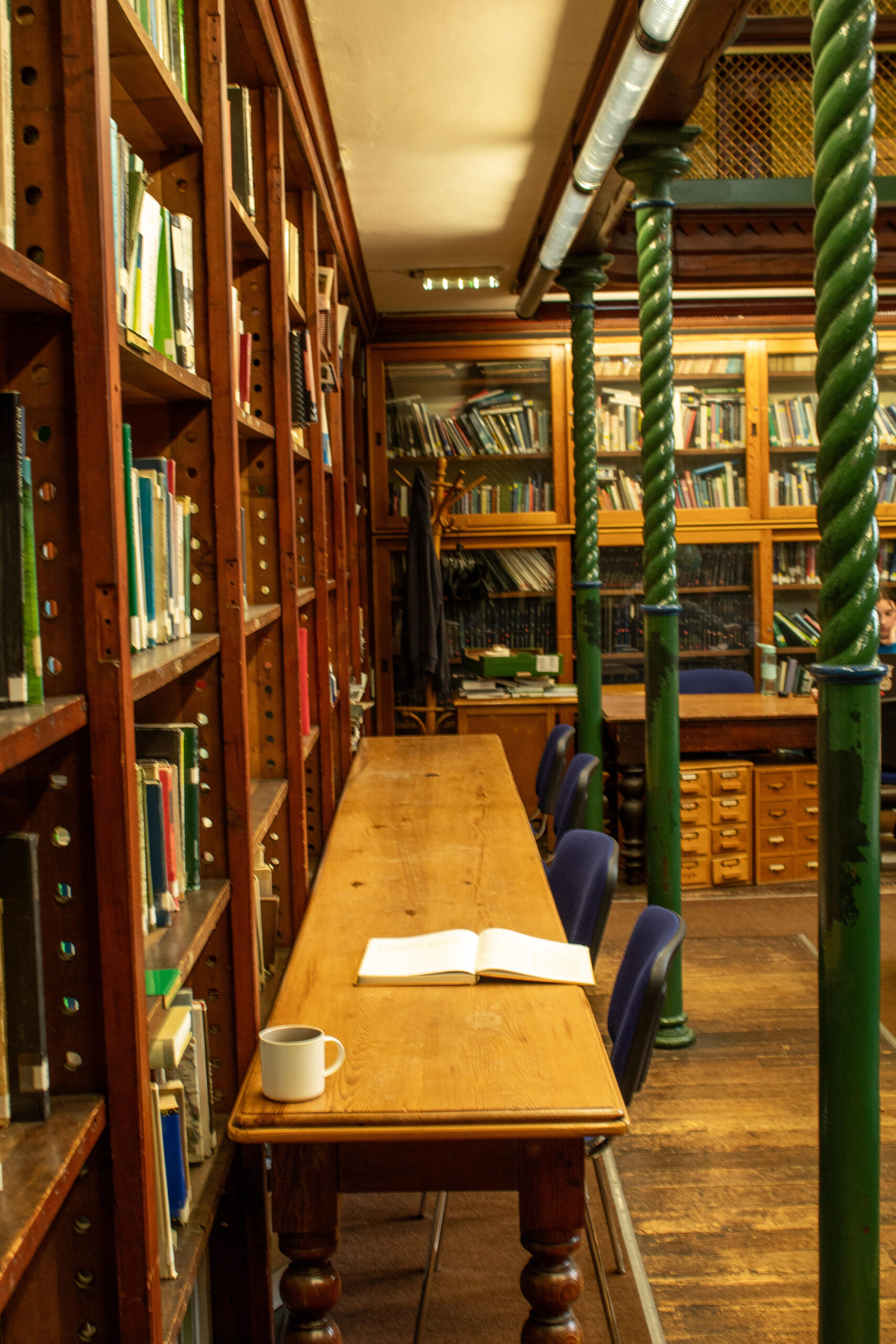
'Occupy the World' by Justin Evans, freelance graphic designer at http://lookmomnopixels.tumblr.com/
Rónán Burtenshaw
Deputy Editor
When Egypt’s revolutionaries pitched their tent city in Tahrir Square in early February of 2011 it was designed to provide a round-the-clock popular presence on the symbolic Cairo turf. The fighting against Mubarak’s regime had already been fierce in the two weeks since the January 25th uprising, with the nascent movement suffering dozens of deaths. As the square, proudly adorned with Egyptian flags and messages of defiance, became the heart of the movement it began to brim with crowds of hundreds of thousands. The few activists who slept out in the ‘Freedom Motel’ on that first night could hardly have known the global impact they would have.
Occupations, as an instrument of protest and insurrection, have been the defining feature of the political landscape for just over a year. The aesthetics and structure of the camps bore a remarkable similarity across the world. The peaks of multi-coloured tents in prominent city squares and boulevards were articulated with scrawled placards demanding economic justice, civil liberty, genuine democracy and revolution.
But the movements, of which these occupations were the physical embodiment, have differed in character. With the spread of the tactic from the Arab world to Europe the purpose of the camps shifted – from trenches to monuments and from active sites of revolution to media for political dialogue.
First in Madrid’s Puerta del Sol then Athens’ Syntagma Square, occupations protesting the established political order drew massive crowds in the early summer. Spain’s 15-M movement demanded direct democracy – prominently featuring the ¡Democracia Real YA! activists – with an end to the two-party system, political and banking corruption and, less prominently, capitalism. The emergent Spanish generation, blighted by mass unemployment and debt, became the focus – affording the group the title Los Indignados, “the indignants”.

Tahrir Square's 'tent city' less than a week old, pictured by Guardian photographer Sean Smith as the revolutionaries begin prayers.
The Spanish movement, and its counterpart in Greece, carried a robust strain of an ideology that was to shape the west’s occupations: anarchism. The anarchist current was solidified by the development in September of Occupy Wall Street – an action striking at the heart of America’s super-power and global finance that catapulted the movement to every continent on the planet.
It was there, in the country that had executed Sacco, Vanzetti and the Haymarket workers in the last two centuries, that occupations were stamped with the autonomous mark. Consensus democracy, direct action protest, non-hierarchical organisation, the human microphone and hand signal communication tracing its roots to the anti-globalisation protests of the 1990s were combined with the 99% slogan authored by anarchist anthropologist David Graeber.
These traits brought a tendency that had been on the political fringes for at least half a century into the mainstream, providing a sense of novelty to occupations as a political tool. It may also have dispelled some misconceptions about the anarchist ideology – those engaged in the movements found an unusually highly-organised structure drawing its distinction from a distaste for authority rather than a penchant for chaos.
The occupations’ autonomist nature did run into problems, however. This was evident in Ireland’s most prominent manifestation – Occupy Dame Street. In countries with weak left-wing and union organisations occupations tended to take depoliticised or post-political forms and avoided explicitly stating even moderate demands in the hopes of tapping into broadly-held sentiments of discontent. Anarchism’s rejection of conventional politics (parliaments and parties) combined, at times, with the feeling, oft-articulated, that ODS was “not a political movement”. This created a confused climate with participants beginning to refer to the tiny group of tents itself as a “revolution”.
Occupy Dame Street’s rejection of political parties, most pre-eminently their refusal to co-operate with the Socialist Workers’ Party (who had sought engagement through their Enough Campaign front-group), opened the door for others. Conspiracist organisations like the Freemen mixed with fundamentalist monetarists who often shared their opposition to a ‘New World Order’.
The moment that seemed to most dim the wind in the ODS sails was the acrimonious assembly at which a minority – empowered with a veto by the structure of consensus democracy – decided not to co-operate on a march with the Dublin Council of Trade Unions (DCTU). The DCTU is a loose affiliation of more left-wing members from across Ireland’s unions and a large majority on the night argued in favour of building the Irish occupy movement through a joint-venture. This meeting was characterised by a faction of ODS’ reluctance to engage with already existing political institutions – following from their desire to bring about something completely new. The movement had walked through a door opened by a form of anarchist theory and slammed it in front of DCTU – who have regularly had anarchist members – as it went. ODS retreated to a camp at that point, without a clear strategy to develop into a movement. (Occupy University was one worthwhile offshoot of the ODS movement and intends to continue its work in political education this May. One of its organisers, Helena Sheehan, produced an excellent and thorough analysis of Occupy Dame Street in January.)
Student groups, too, tried their hand at occupations. Occupying spaces has a much longer tradition in international student movements – from Students for a Democratic Society (SDS) activism in the US in the 1960s to Paris in May of 1968 up to 2009’s occupations of British universities. The transient nature of student politics (mitigating against the slow building of a movement), the relative ineffectiveness of the strike as a tactic and the attention-seeking of student lifestyle activism have combined to make public direct action an attractive option.
So, before the Occupy movement went global, Irish students had seen former TCDSU President Joe Duffy arrested for a sit-in and Gardaí violently crackdown on 2010’s demonstration outside the Department of Finance. 2011 produced occupations by leftist group Free Education for Everyone (FEE) and representatives from the NUI Maynooth and Galway Students’ Unions. NUIM’s occupation of Fine Gael TD Anthony Lawlor’s office was the longest-lasting and most resilient but produced precious little leverage. The Student Contribution (SC) will likely be hiked to €3,000 per annum by 2015 – marking a 1,579% increase in twenty years.
The Union of Students in Ireland (USI) also engaged in occupations at the end of 2011. A failed attempt to replicate the global tent protests with a “sleep-out” on front of the Department of Education on a miserable November evening was followed-up by attempted occupations of two government departments on the 29th. Union President Gary Redmond was joined by three other SU leaders for the unannounced action which ended after a few hours. It drew criticism both from those in favour of direct action, for not being well-organised, and those against, for being ill-conceived and impractical.
So, in review, what are we to make of the occupations? Internationally the most significant effect of these movements has been the creation of space in the public discourse and consciousness for discussions of fundamental political alternatives. In their manifest desire to be seen, and to be seen to be different, they presented a challenge to the established political order. Newsnight Economic Editor, and author of the recent book Why It’s Kicking Off Everywhere, Paul Mason remarked that in daring to be collective actions they created “a rend in the fabric” of an individualist social current that had seen a generation “retreat between the earphones of an iPod”. As New York’s Zucotti Park sees its inhabitants removed by force again on Occupy Wall Street’s six-month anniversary (and the Paris Commune’s 141st) this is no small achievement.
Yet the occupy movement has not caught on in austerity Ireland. The clearance by the Gardaí of what was left of the Occupy Dame Street camp before St. Patrick’s Day was an effort to produce an unblemished picture of market obedience to a world audience. But, when contrasted with the mass student movements in Latin America; the uprising in the Middle-East and North Africa during the Arab Spring; Spain, Greece and Portugal’s strikes and sit-ins; and America’s wave of occupations, it is a picture painted with a great deal of truth.
It is only possible to speculate as to why Ireland’s reception has been so out-of-sync. Did we not do it properly – was the country waiting for a leader this movement eschewed? Or were we not interested? Occupy Dame Street, even with all of its flaws, was less than three minutes walk from Trinity College and yet saw almost no student interaction. Perhaps Ireland consents to austerity and indebtedness – a fruit borne of a neoliberal spirit of practicality or a penance for what is widely-seen as the opulence of Celtic Tiger. Or maybe we have retreated from the political arena to the pubs once again – to pen sad songs facilitated by the emotion of inebriation.
The global movement that started in Tahrir Square certainly occupied a pre-eminent spot in the culture of the past year. But it never really pitched up here.








